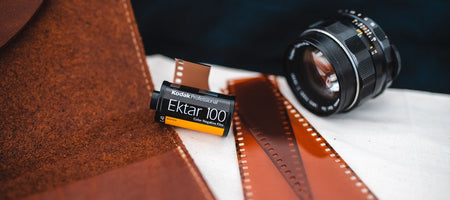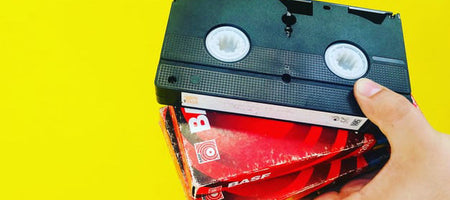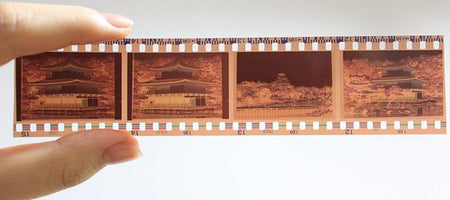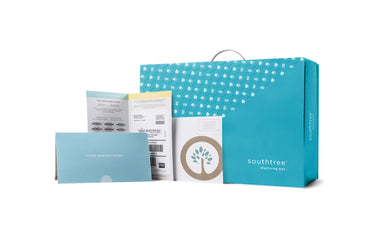The audio cassette, also called the Compact Cassette or simply the tape, is a recording format that was first introduced in 1963 to fill a need in the then available audio recording media options. The existing reel-to-reel recorders were expensive and cumbersome to use. The invention of the cassette tape allowed people to make recordings without having the level of training or expertise required for reel-to-reel.
The Compact Cassette is a bit larger than a credit card but much thicker. Cassettes store sound on a magnetic tape wound around the two reels inside of it. It was introduced at the Berlin Radio Show by Phillips in Europe in 1963, where it drew the most attention and was the highlight of the event.
Moving into the Big Time
The Compact Cassette format, when initially released, did not offer reliable sound quality and was marketed for recording voice and dictation. Fortunately, the technology improved rapidly. Improvements in the noise reduction technology and the development of new tape formulations as well as its capacity to play stereo tapes soon guaranteed high-quality sound from this format.
Although there were other cartridge systems that used the magnetic tape format, Philips' Compact Cassette became the leader as a result of Philips' decision to license the format for free in the face of pressure from Sony. The mass production of Compact Cassettes started in 1964 in Hanover, Germany. In late 1965, pre-recorded music cassettes were launched in Europe. They were also known as Musicassettes or M.C. The U.S. affiliate of Philips, the Mercury Record Company, introduced Musicassettes to the U.S. in July 1966.
In November 1964, Philips released the Norelco Carry-Corder 150 in the U.S., which was a recorder/player. By 1966, over a quarter of a million recorders had been sold in the United States alone. Japan soon became the major source of these recorders and by 1968, over 2.4 million players had been sold by 85 different manufacturers. The creation of Sony's Walkman also contributed significantly to the success of the Compact Cassette, especially among the younger generations. It allowed everyday people to take their music with them and listen to it on the go.
The Fall of the Audio Cassette
Following its peak in the late 1980s, the market for cassettes dropped sharply in both Western Europe and North America. This decline was particularly noted when its sales were surpassed by those of CDs in the early 90s. By 1993, cassette player shipments had dropped by 7% and continued to plummet for years to come. In 2001, cassettes covered less than 5% of all music sold. Despite the fact that most U.S. music companies stopped making cassettes by the end of 2002, surprisingly blank cassette tapes are still being made and sold in some stores today.
Recently, the audio cassette format has witnessed a modest revival with some independent record labels choosing this format for music releases, taking advantage of the low-cost and the difficulty of sharing music over the internet. Nevertheless, it is highly unlikely the Compact Cassette will be making any comeback soon. The Oxford English Dictionary even omitted the word "cassette player" from its 12th edition Concise version in 2011!
In the end, every era has its "thing" that is eventually replaced by some other greater "thing." The audio cassette wowed us, entertained us and even educated us but eventually it quietly faded away, making way for its successors.
_________________________________________________________________________
Looking to digitize your memories? With Southtree, you can preserve your family memories to last forever. Send in your aging tapes, film, pictures and audio recordings. You'll receive new DVDs or digital copies with your originals, safely simply.













